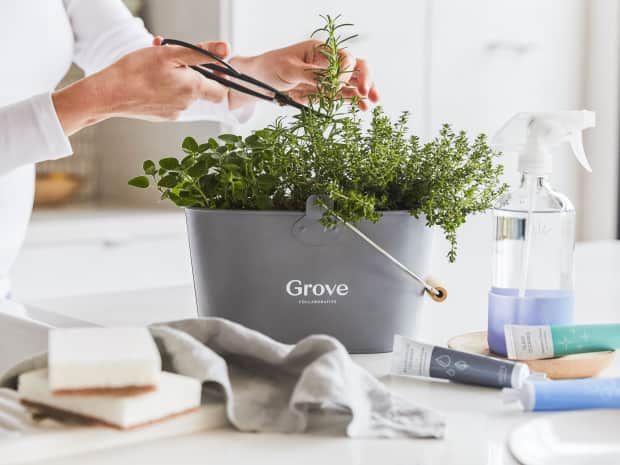
Soil vs. dirt: What’s the difference and which are best to use?
With this guide we'll explain the differences between gardening with soil vs. dirt. Read on!
Read More


Last Updated: May 5, 2022
Are your succulents and snake plants silently suffering from a pest invasion? It’s time to fight back. Learn how to protect your houseplants from spider mites with natural products that are free from harsh chemicals.
Spider mites are tiny creepy-crawlies who love your houseplants just as much as you do. Contrary to popular belief, these little guys aren’t actually insects — they’re a type of arachnid, related to spiders, scorpions, and ticks. Spider mites look like miniscule green, white, red, yellow, or brown spiders that are almost too small to see with the naked eye. But their most defining feature is that they have an insatiable appetite for your indoor plants.
If you’ve got a case of spider mites and don’t know what to do, don’t despair — you’re in good hands. We’ve got some au natural tips to help you get rid of spider mites before they cause lasting damage to your leafy green babies.

Underwatering your plants is the biggest cause of spider mites. They thrive in warm, dry, and dusty conditions, and prefer their meals — aka the leaves of your plants — to be on the drier side, as well.
Wind surfing: Spider mites hitch a ride on the wind and end up on your doors and windows, where they have ample opportunity to infiltrate your household.
New houseplants: They’re likely to sneak in on new houseplants and spread to your established plants from there.
Usual people: Spider mites could also hitch a ride on you and find their way onto your houseplants after you’ve entered your home. But don’t worry — spider mites don’t bite, and they aren’t harmful to humans.

Conventional pest control sprays — and bug repellants, for that matter — contain harmful ingredients that’ve been linked to a host of health issues when used indoors. Symptoms like upper respiratory tract irritation, headaches, dizziness, and nausea are just a few of the risks to your family. Children exposed to indoor insecticides are 47 percent more likely to develop leukemia than kids who have never been exposed, and 43 percent more likely to develop lymphoma.
Here’s a list of the toxic chemicals to watch out for in pest control sprays and bug repellants:

Peppermint, neem, and rosemary are all toxic to spider mites but safe for humans. Mix 1 tablespoon liquid peppermint soap, 1 teaspoon neem oil, and 1 teaspoon rosemary essential oil in a spray bottle filled with water. Spray the leaves of your infected plants once a day until the infestation is gone.
Rubbing alcohol dehydrates and kills spider mites. Mix 1 part rubbing alcohol to 4 parts water in a bowl and use a clean cloth to rub the leaves of your plant with the mixture. You can also put this mixture in a spray bottle and spray the leaves. Repeat daily until the mites are dead.
Natural pest sprays are a stellar way to keep spider mites at bay with ingredients formulated for maximum effectiveness. Aunt Fanny’s and Arber both carry a stellar line of natural pest control products that use ingredients like good bacteria and essential oils to fight spider mites while preventing infestations from happening in the first place.

With this guide we'll explain the differences between gardening with soil vs. dirt. Read on!

Not sure how to get rid of mice in a humane, eco-friendly, nontoxic way? We’ll show you all of the natural options for mice removal.

We tried the Hamama Microgreens Growing Kit to see if edible microgreens could thrive ... even under our care.